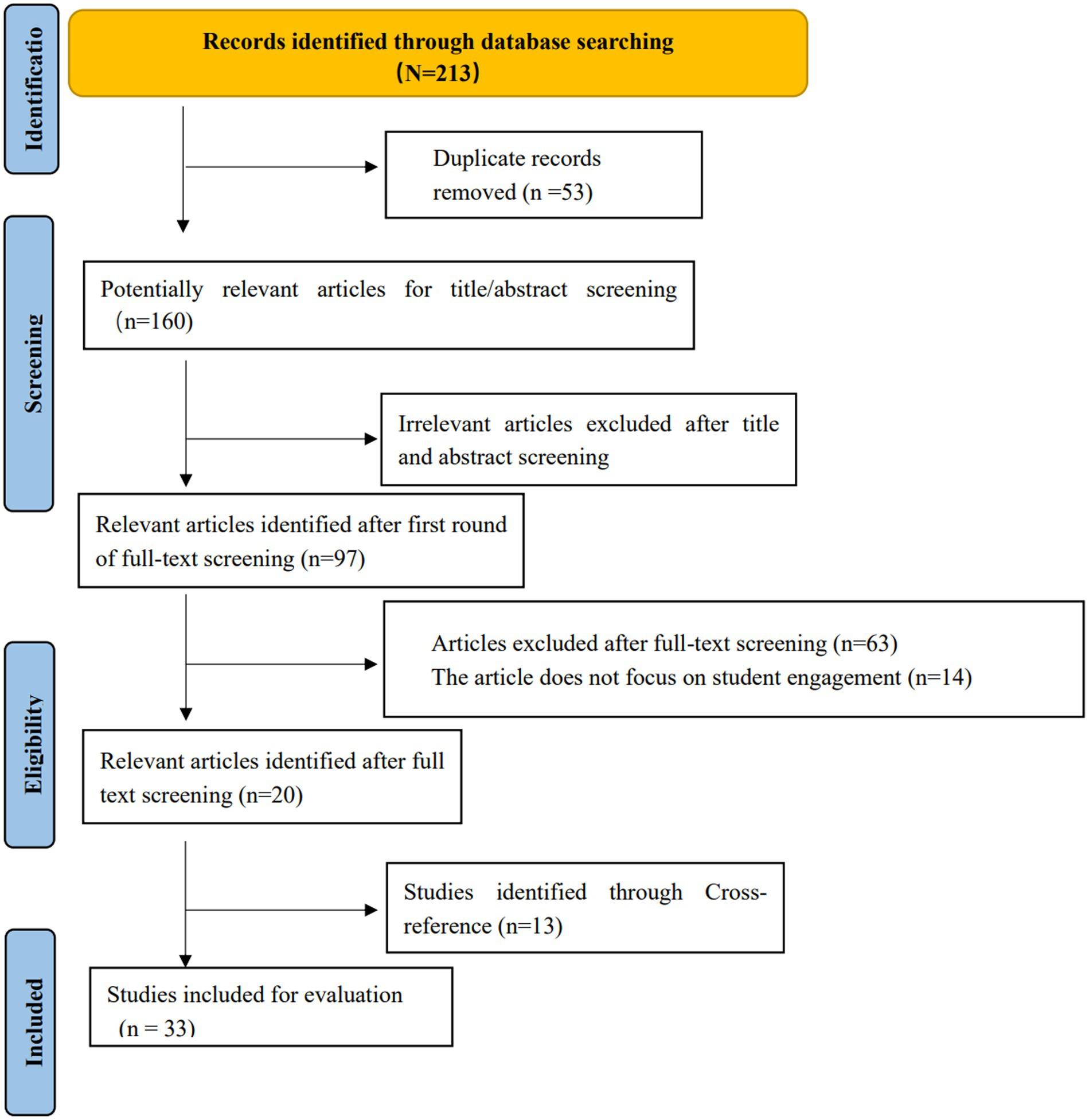How Virtual Reality Enhances Student Engagement and Boosts Retention
In the fast-evolving world of educational technology, virtual reality (VR) stands out as a revolutionary tool that is reshaping how students learn, interact, and remember facts. By immersing students in realistic, interactive environments, VR not only captures their attention but also fosters deeper understanding and longer-lasting retention of knowledge. In this article, we delve into how virtual reality enhances student engagement and boosts retention, supported by research, practical tips, and real-world examples.
What is Virtual Reality in Education?
virtual Reality in education refers to the use of computer-generated simulations that allow students to interact with 3D worlds. Unlike conventional learning methods that rely on textbooks and lectures, VR delivers immersive, experiential learning via headsets and interactive content. This hands-on approach enables learners to explore concepts in a physically intuitive and engaging way.
Why Engagement and Retention Matter in Modern Classrooms
before diving into the impact of VR, it’s vital to understand the importance of student engagement and knowledge retention in learning outcomes:
- Engagement: Highly engaged students are more attentive, motivated, and likely to persist through difficult material.
- Retention: When learners retain more, they achieve better results, develop deeper understanding, and apply knowledge in real-world contexts.
Sadly, traditional teaching methods often struggle to meet the diverse needs and attention spans of today’s students. That’s where virtual reality steps in as a game-changer.
How Virtual Reality Enhances student Engagement
VR is rapidly gaining popularity as it makes learning active, personalized, and sensory-rich. Here are key ways VR elevates engagement in the classroom:
1. Immersive Experiences
Students are transported into environments that would otherwise be inaccessible. Imagine exploring the surface of Mars, dissecting a virtual frog, or navigating ancient Rome.
2. Interactive Learning
With VR, learners can manipulate objects, conduct experiments, and trigger events within the virtual world. This interactivity directly relates to deeper concentration and curiosity.
3. Gamification and Instant Feedback
Many VR educational apps incorporate game elements, leaderboards, and instant feedback mechanisms. This taps into students’ natural motivation and fosters friendly competition.
4. Personalization
VR platforms frequently enough adapt to individual learning styles and paces, providing a tailored educational journey that keeps students invested and challenged.
5. Safe Habitat for Risk-Free exploration
Students can experiment, make mistakes, and learn without the fear of real-world consequences, promoting creativity and confidence.
How Virtual Reality Boosts Knowledge Retention
Engaged learners are more likely to retain information, but VR provides further advantages for long-term memory:
- Multi-Sensory Learning: VR engages multiple senses simultaneously (sight, sound, sometimes touch), which cement concepts more firmly in the brain.
- Active Participation: Students “learn by doing” rather than passively receiving information, which research shows significantly increases retention rates.
- Contextual Understanding: VR situates knowledge within meaningful contexts, allowing learners to see how concepts apply in real life.
- Repetition and Mastery: Simulations can be repeated as many times as necessary, giving students ample chance to master material at their own pace.
According to a study by PwC, learners in VR completed training four times faster and retained 275% more information compared to traditional classroom learners.
Benefits of virtual Reality in Education
- Promotes Critical Thinking: VR requires students to solve problems and make decisions in complex environments.
- Fosters Collaboration: Multi-user VR platforms enable students to work together even if physically apart.
- Enhances Accessibility: VR opens up experiences for students with disabilities that may not be possible in conventional settings.
- Bridges the Theory-Practice Gap: Students move from ‘learning about’ to ‘experiencing’ concepts.
Case studies: Virtual Reality Success in the Classroom
Medical training at Case Western Reserve University
By using Microsoft HoloLens, the university revolutionized anatomy classes, allowing medical students to interact with 3D holograms of the human body. The result? Faster comprehension of complex structures and improved practical skill growth.
Exploring History at Washington Leadership Academy
In this charter school, students don VR headsets to walk through reconstructed historical events, deepening empathy and understanding. according to feedback,students found lessons “more memorable and real.”
vocational Skills at TAFE (Australia)
TAFE utilizes VR simulations for high-risk professions, such as electrical engineering and construction. This gives learners the opportunity to practice safety procedures and technical skills in a consequence-free environment, boosting both confidence and competence.
Practical Tips: Integrating Virtual Reality for Maximum Student Engagement
- Start Small: Pilot a few VR lessons or modules before rolling out full programs.
- Align VR Content With Learning Objectives: choose applications that directly reinforce curriculum goals to ensure VR is purposeful.
- Support Teacher Training: Equip educators with the skills and confidence to leverage VR most effectively.
- Ensure Accessibility: Consider students’ varying physical and sensory needs, providing alternatives or adjustments as needed.
- Gather Student Feedback: Continually solicit feedback to improve the VR learning experience.
First-Hand Experience: Voices From the Classroom
“I never realized how difficult it was to understand cell structure from a diagram until I got to explore a cell in VR.it was like being shrunk down and walking around inside!”
— Maya, High School Biology Student
“Using VR helped my students stay focused and interested. even reluctant learners became active participants in class discussions.”
— Mr. Johnson, Middle School Science Teacher
Conclusion: The Future of Virtual Reality in Education
As educational technology continues to progress, virtual reality is set to play an increasingly central role in engaging students and improving retention rates. By making learning interactive, immersive, and memorable, VR helps students stay motivated and absorb knowledge more deeply than ever before.
For institutions eager to innovate and better prepare students for tomorrow’s challenges, investing in virtual reality in education is not just an option — it’s a necessity.
Interested in integrating VR into your learning environment? begin small, focus on meaningful content, and watch your students’ engagement and retention soar.

